The image that I have chosen shows a baby pig in the hands of a human. It looks like the pig and human are in a grassy area and the pig appears to be looking at the viewer of the picture. This picture depicts the animal as very cute and loveable, but also somewhat helpless based on its size and the careful way that it is being held with two hands. Because the human is holding the pig, the relationship between the pig and the human seems to be shown as a caretaker/pet relationship. When I first saw this picture, I thought that it may have been a pet pig based on the way that it is being held and because small pigs are now becoming a common house pet. However, when I looked on the website that this picture came from, I learned that this picture is actually used on a website that provides information about a “Master of Animal Science” program. The text around the image explains the program and how it provides information about caring for animals, as well as “practical applications in areas from captive animal care to recreation, sport and biological research.” There is no caption that provides information about this individual pig, and it is possible that this image was only chosen to capture the attention of animal lovers who may be interested in a career working with animals. This picture seems to show a caring relationship between the human and animal, and contrasts the actual purpose of the major which is primarily focused on the use of animals as a resource.
Before reading Berger, I would have viewed this image and simply appreciated how cute it was. I would not have given a lot of thought about the context of the picture or what the actual life of this specific pig is like. Now that I have read Berger, I am much more interested in the life of this individual pig and how it is treated. Although this picture may originally give the viewer a sense of the intrinsic value of the pig because it appears to be looking at the viewer and is very cute, the website that this picture is used for is actually primarily concerned with the instrumental value of the pig. Berger would likely comment that this picture proves that human ambition has led to the marginalization of animals. Despite the fact that this image seems to portray an individual life, the purpose of the website is less focused on individual animals and is more focused on what humans can gain from groups of animals as a whole.
References:
Berger, John. “Why Look at Animals?” About Looking. New York: Vintage, 1977. 3-28. Print.
http://www.land-environment.unimelb.edu.au/future-students/grad/animal-science.html

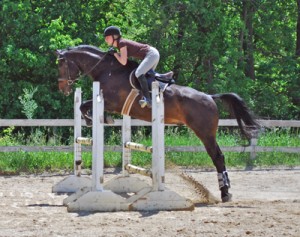
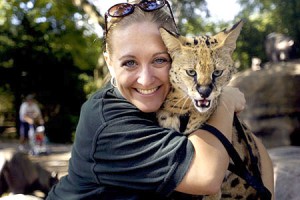
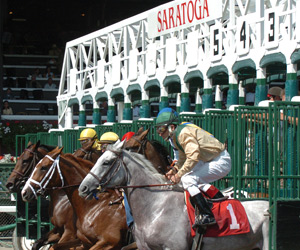

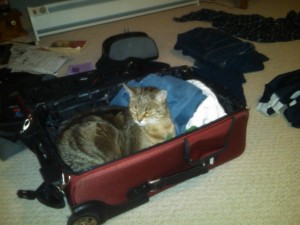
 ou may know our new author, Alice Walker, as the author of the Pulitzer Prize winning novel, The Color Purple. Walker was born in Georgia in 1944. Her parents were sharecroppers and she was the youngest of 8 children. She attended Spelman and then Sarah Lawrence college. An activist for social justice, after college Walker worked on behalf of voter registration drives and participated in the famous 1963 march on Washington.
ou may know our new author, Alice Walker, as the author of the Pulitzer Prize winning novel, The Color Purple. Walker was born in Georgia in 1944. Her parents were sharecroppers and she was the youngest of 8 children. She attended Spelman and then Sarah Lawrence college. An activist for social justice, after college Walker worked on behalf of voter registration drives and participated in the famous 1963 march on Washington. 
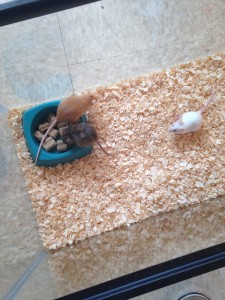
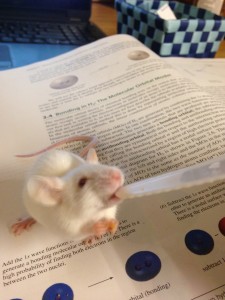
 ogram, which makes it fun to participate in.
ogram, which makes it fun to participate in.
Recent Comments